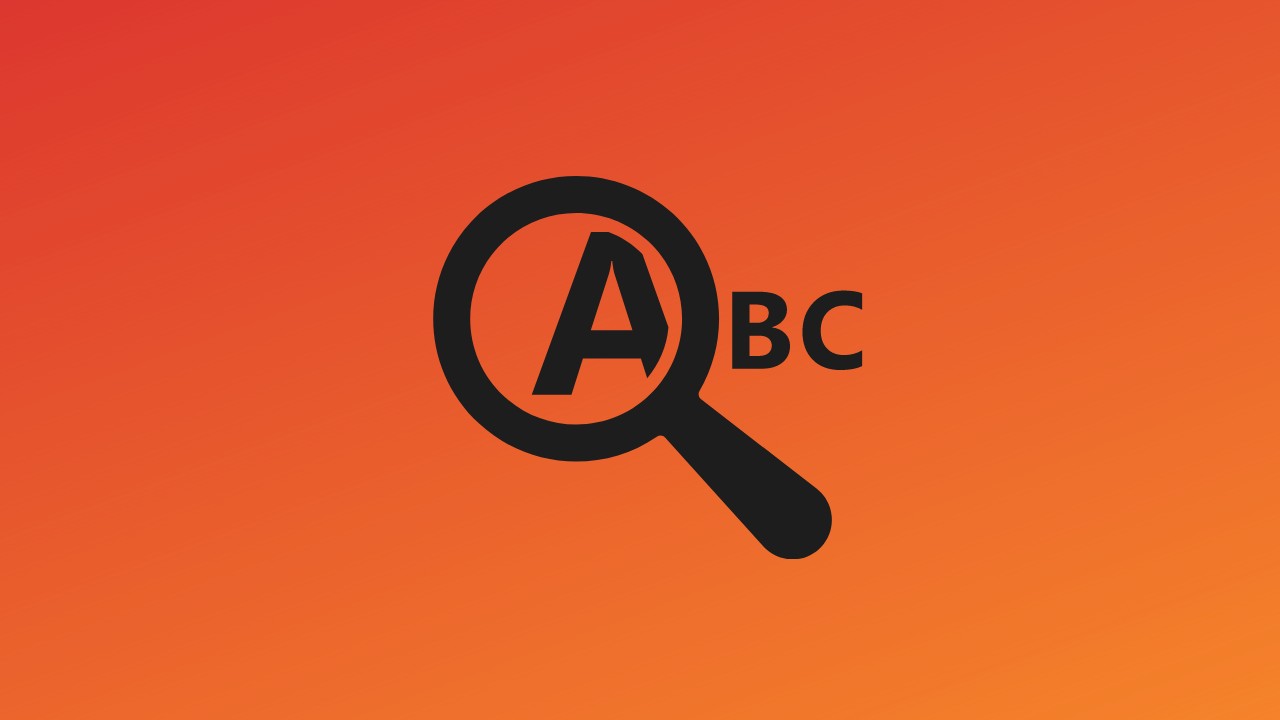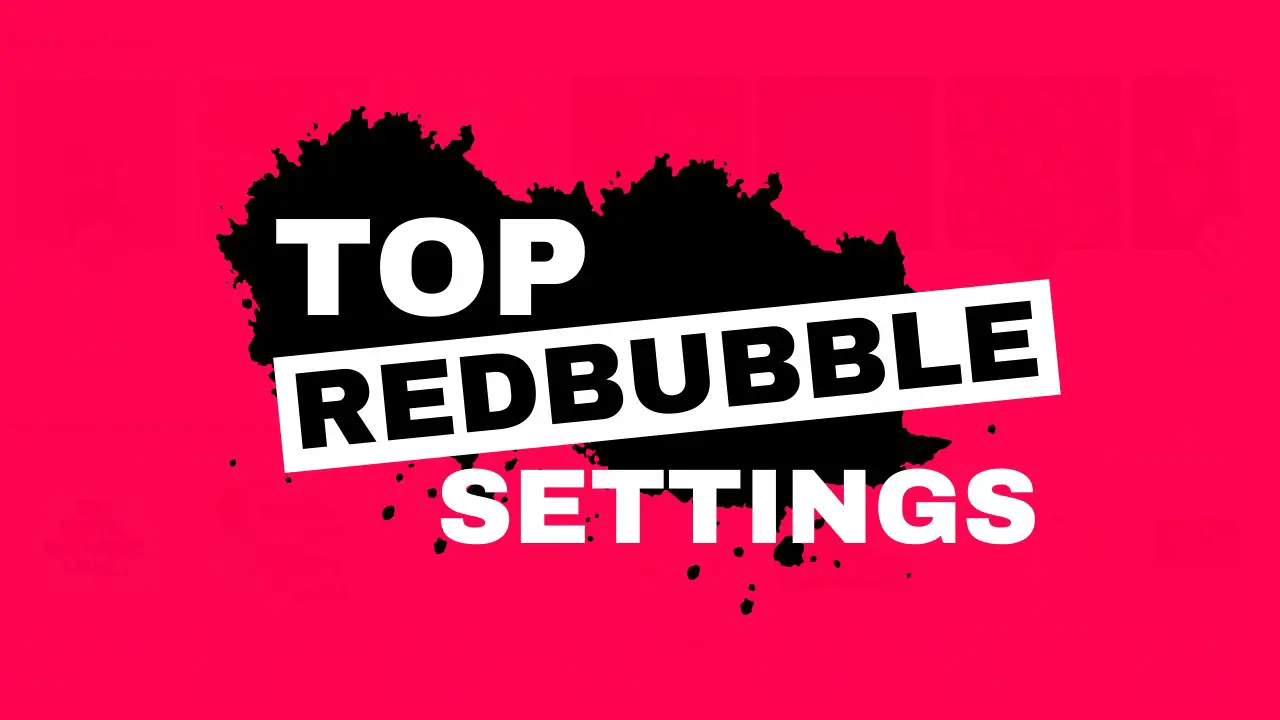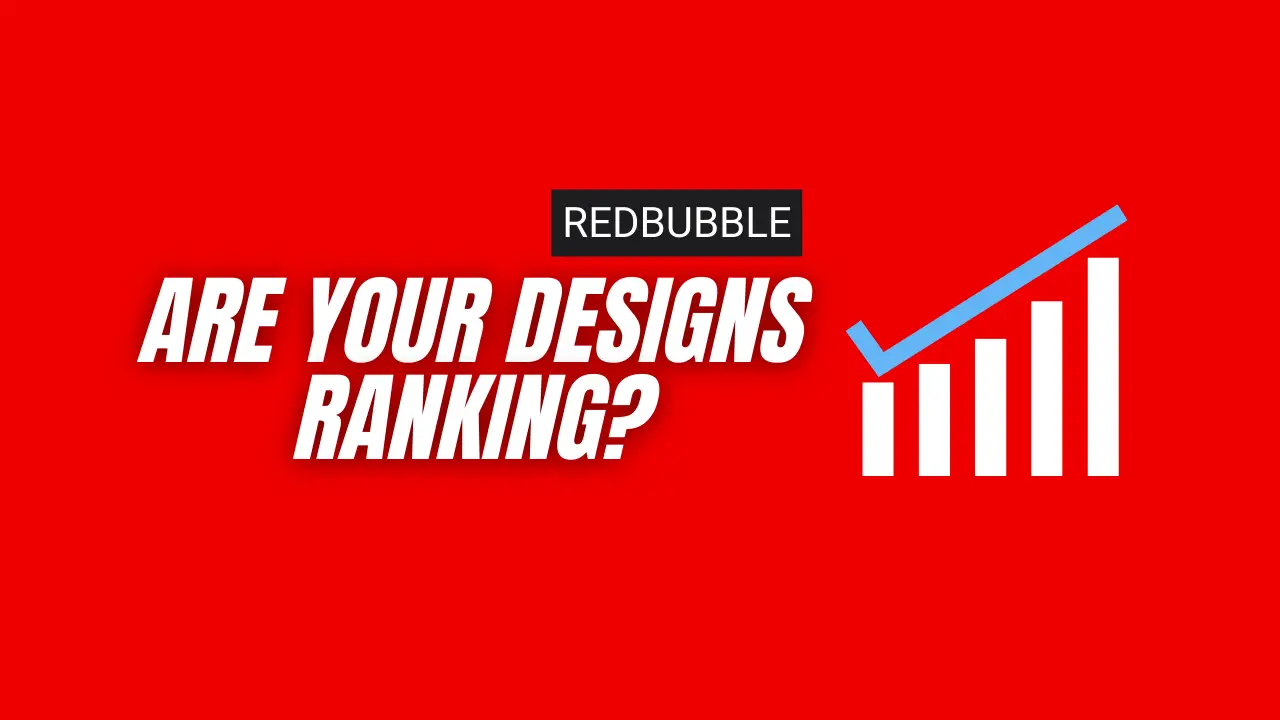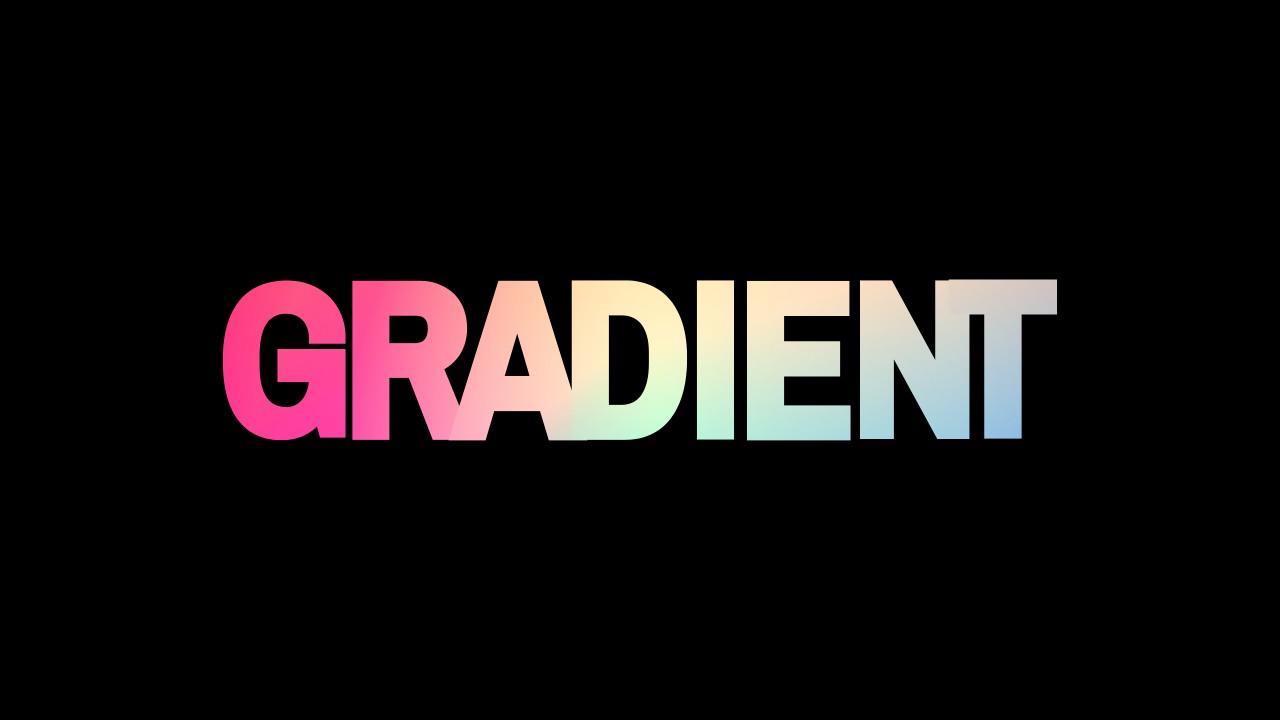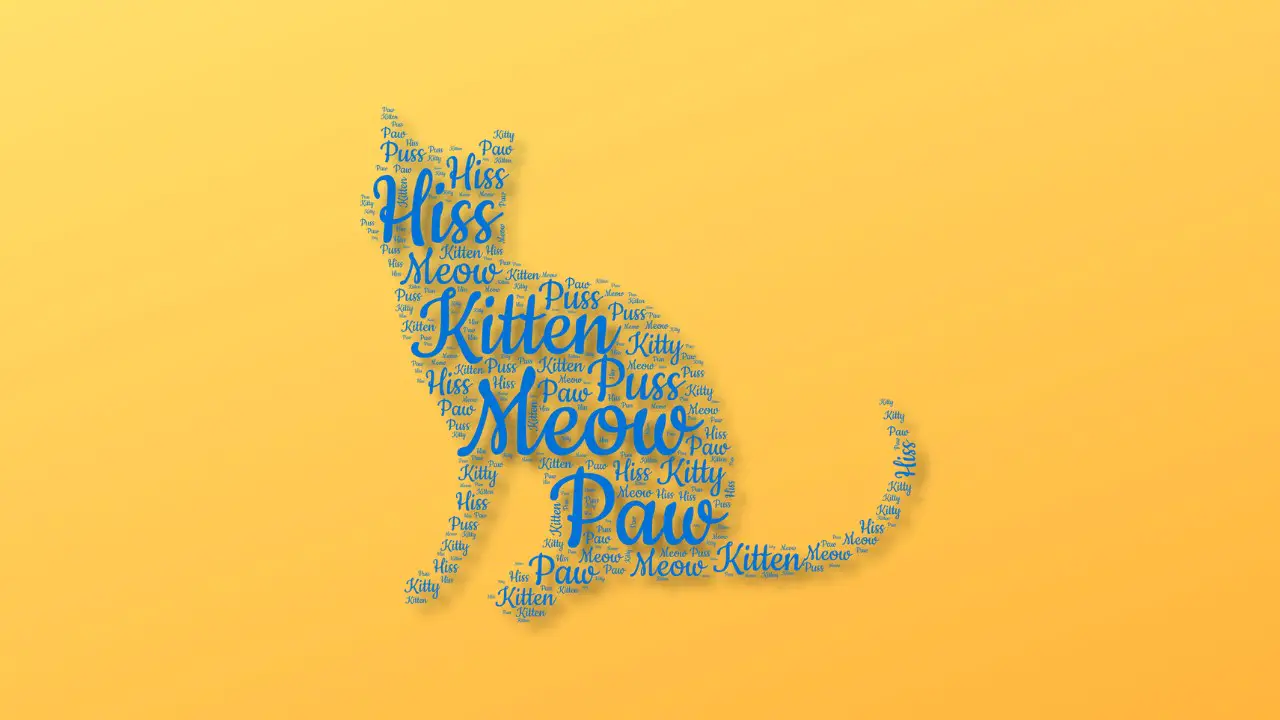Hey, I hope you have a great day.
Today, I am thrilled to delve into a fascinating topic with you.
Recently, I came across some incredible examples of AI-generated optical illusions on Twitter that truly blew my mind.
So, I wrote an article about it on my Medium page.
And people like it.
That is why I want to share this finding with you, my valuable email subscribers of The Nechempire Design Nexus.
Together, we’ll explore the creative potential of AI art to design illusions that hack human perception.
Thanks to our sponsors, this newsletter is free for you.
In partnership with NechEmpire, Creative Fabrica gives you unlimited access to over 4 million fonts, graphics, & digital crafting resources for free! Get all access now.
When it comes to getting started with print-on-demand (POD), Kittl is a fantastic option. They offer a wide range of highly professional templates that can be easily edited to suit your needs. Whether you’re looking to make money or simply want to explore the world of POD, Kittl is definitely a go-to place for beginners and experienced users alike. Get a free account.
The Rise of AI Image Generation
It’s incredible to think how far AI image generation has come in just the past year.
With new tools like Midjourney or Stable Diffusion, AI can now create photorealistic and compelling images from text prompts.
But I don’t know how.
How can I prompt an image model to generate a photo with optical illusions?
Perhaps one day, I will find the perfect prompt.
Typographical Illusions Hide Messages
One type of optical illusion I’ve never seen AI create before is a typographical illusion. Anyone who has worked with AI image models knows they struggle to generate accurate text.
Yet, look at this image I found.
At first glance, it looks like ordinary people walking. But when you step back, the arrangement of bodies spells out hidden words and messages!

This illusion tweeted by Stable Diffusion AI Art shows a group of people walking in a city. On closer inspection, their bodies together read “OBEY.” Pretty wild, right?
Another example features a woman crouching on a rainy street. Her pose and reflection resemble the Bitcoin logo.
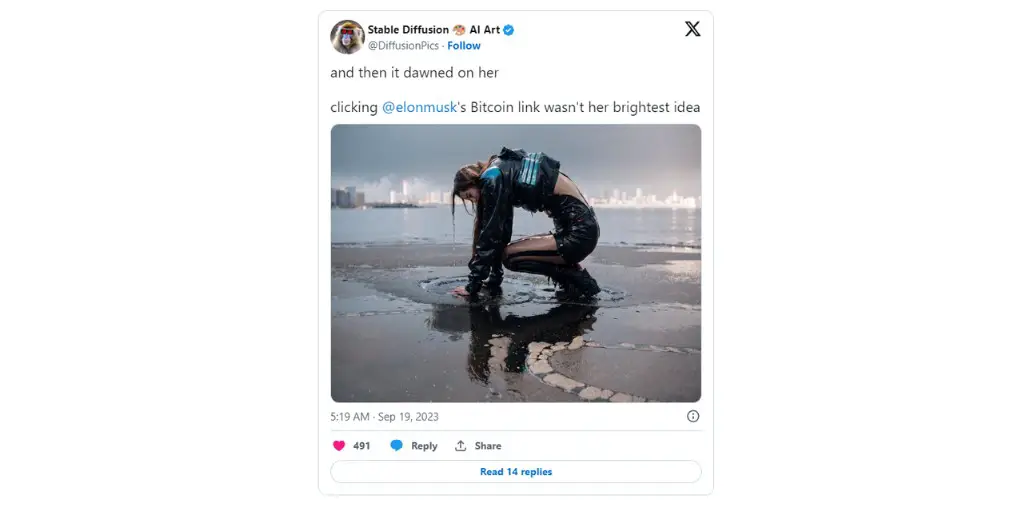
These subtle details would be almost impossible for a human artist to intentionally create. But AI can hide messages right in plain sight.
The Illusions Remain Visually Coherent
What makes these AI illusions so mind-blowing is they still make perfect visual sense. The people, reflections, and scenery seamlessly come together to form coherent images. At the same time, their precise arrangement creates an intentionally hidden message.
So, is it possible the AI model responsible for creating these illusions has an advanced understanding of human vision?
This allows it to construct such complex imagery that stumps our perception.
Pushing the Boundaries
Seeing these incredible examples got me thinking about how AI art allows us to explore the boundaries of human visual perception. Unlike a human artist limited by their senses, AI has no predefined limits on how it perceives images.
By learning from millions of photos and artworks, AI can gain a superhuman understanding of aesthetics and visual cognition. It can then create images tailored to hack our perception in ways no ordinary artist could conceive.
All these illusions demonstrate the new perceptual possibilities unlocked by AI. They touch on a future where AI will continue to surprise us with ever more imaginative visual feats.
Final Thoughts
Seeing these optical illusions generated by AI opened my eyes to the creative potential of this technology. While there are important ethical questions, glimpses like these give me hope for the dazzling innovations still to come.
If you’re interested in mind-bending visuals and exploring the possibilities of perception like me, I highly recommend checking out these AI-generated optical illusions.
Credit to all Twitter posts to @DiffusionPics
- The Truth About Etsy Hacks (From Someone Who Tried Most of Them) - January 17, 2025
- The Art of Emailing Your Customers: A Guide That Actually Works - December 9, 2024
- Why You Need to Improve Your SEO on Etsy - December 9, 2024


